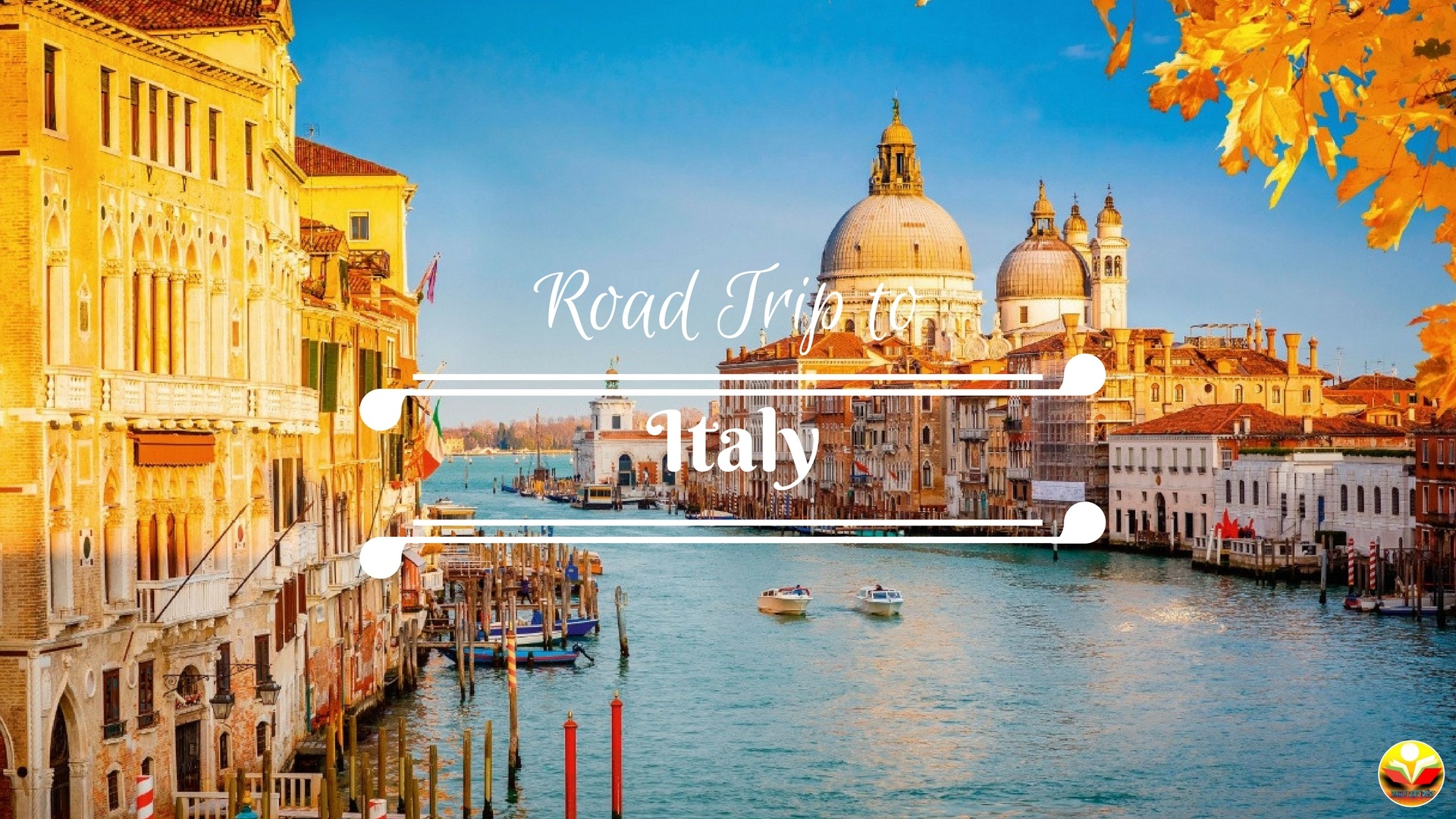Janmashtami: The Celebration, History, and Rituals
Janmashtami, also known as Krishna Janmashtami or Gokulashtami, is one of the most significant and joyous festivals celebrated by millions of Hindus across the world. This auspicious day marks the birth of Lord Krishna, the eighth incarnation of Lord Vishnu, who is revered as the divine teacher, philosopher, and the embodiment of love and compassion. Janmashtami falls on the eighth day (Ashtami) of the Krishna Paksha (dark fortnight) in the Hindu month of Bhadrapada, usually in August or September.
This comprehensive guide delves into the rich tapestry of Janmashtami, exploring its origins, historical significance, and the diverse rituals and customs associated with this sacred occasion. With a deep understanding of Janmashtami, you will gain insights into the spiritual and cultural dimensions of this festival, celebrated with unmatched enthusiasm and devotion by Hindus worldwide.
History of Janmashtami
The history of Janmashtami is deeply intertwined with the life and teachings of Lord Krishna. Lord Krishna, born in Mathura, played a pivotal role in the epic Mahabharata and is the central character in the revered Hindu scripture, the Bhagavad Gita. His life is filled with divine miracles, profound wisdom, and extraordinary love, making his birth an event of immense significance.
Krishna’s birth occurred in the prison of King Kansa, his maternal uncle, who had imprisoned his parents, Devaki and Vasudeva, due to a prophecy that predicted his demise at the hands of Devaki’s eighth child. However, divine intervention ensured that Lord Krishna was safely transported to the house of his foster parents, Nanda and Yashoda, in Gokul. This event symbolizes the triumph of good over evil and the fulfillment of divine destiny.
Why Janmashtami is Celebrated
Janmashtami is celebrated to commemorate the birth of Lord Krishna and to honor his life and teachings. Lord Krishna’s divine presence on Earth is believed to have brought about a spiritual renaissance, and his wisdom continues to guide and inspire people today. Some key reasons for celebrating Janmashtami include:
- Celebrating the Divine Birth: Janmashtami is a day of great joy and festivity as devotees celebrate the birth of a divine being who embodies truth, love, and righteousness.
- Teaching the Bhagavad Gita: Lord Krishna’s discourse to Arjuna on the battlefield of Kurukshetra, known as the Bhagavad Gita, is a spiritual and philosophical masterpiece. Janmashtami serves as a reminder of the valuable lessons contained within this sacred text.
- Reinforcing Faith: Janmashtami reinforces the faith of devotees in the divine and reminds them of the omnipresence of God in their lives.
- Cultural Significance: The festival also has significant cultural importance, featuring traditional music, dance, dramas (known as Raslilas), and colorful processions that showcase Krishna’s childhood escapades.
Rituals and Customs
Janmashtami is celebrated with a multitude of rituals and customs that vary from region to region but maintain the essence of devotion and merriment. Here are some common and widely followed customs associated with Janmashtami:
- Fasting: Devotees often observe a strict fast throughout the day, breaking it only at midnight when Lord Krishna is believed to have been born. This midnight meal is known as “Nanda Utsav.”
- Decoration: Homes and temples are adorned with colorful flowers, rangoli (decorative patterns made with colored powders), and pictures of Lord Krishna to create a festive atmosphere.
- Dahi Handi: In Maharashtra and parts of India, young men form human pyramids to break a pot filled with curd, butter, and other goodies, mimicking Krishna’s childhood antics of stealing butter.
- Janmashtami Pooja: Devotees perform elaborate rituals, including bathing the idol of Lord Krishna with milk and curd, followed by dressing him in new clothes and adorning him with jewelry.
- Bhajans and Kirtans: Devotional songs and chants dedicated to Lord Krishna fill the air, creating an atmosphere of spirituality and devotion.
- Raslila: In many parts of India, especially in Vrindavan and Mathura, enactments of Krishna’s life events, known as Raslila, are performed by professional and amateur actors. These dramas showcase Krishna’s divine playfulness and devotion to his devotees.
- Swinging the Cradle: A small cradle is often set up with an idol of baby Krishna, which is gently rocked as devotees sing lullabies and offer prayers.
- Lighting Oil Lamps: Devotees light oil lamps (diyas) to symbolize the removal of darkness and the triumph of light, representing the enlightenment that comes with Krishna’s teachings.
- Reading the Bhagavad Gita: Many devotees read and discuss passages from the Bhagavad Gita to understand and contemplate its profound spiritual lessons.
- Dance and Music: Devotees, especially children, participate in dance and music competitions that celebrate Krishna’s love for music and dance.
Conclusion
Janmashtami is a vibrant and spiritually enriching festival that transcends geographical and cultural boundaries. It serves as a reminder of the eternal teachings of Lord Krishna, promoting love, compassion, and righteousness in the hearts of his devotees. Whether through the joyful Dahi Handi celebrations in Maharashtra or the serene Bhagavad Gita discussions in temples, Janmashtami unites people in their devotion to Lord Krishna.
As we celebrate Janmashtami, let us not only revel in the festivities but also reflect on the timeless wisdom imparted by Lord Krishna. His life and teachings continue to guide us on the path of righteousness and inspire us to lead lives filled with love and devotion. May this Janmashtami bring joy, peace, and spiritual enlightenment to all.












